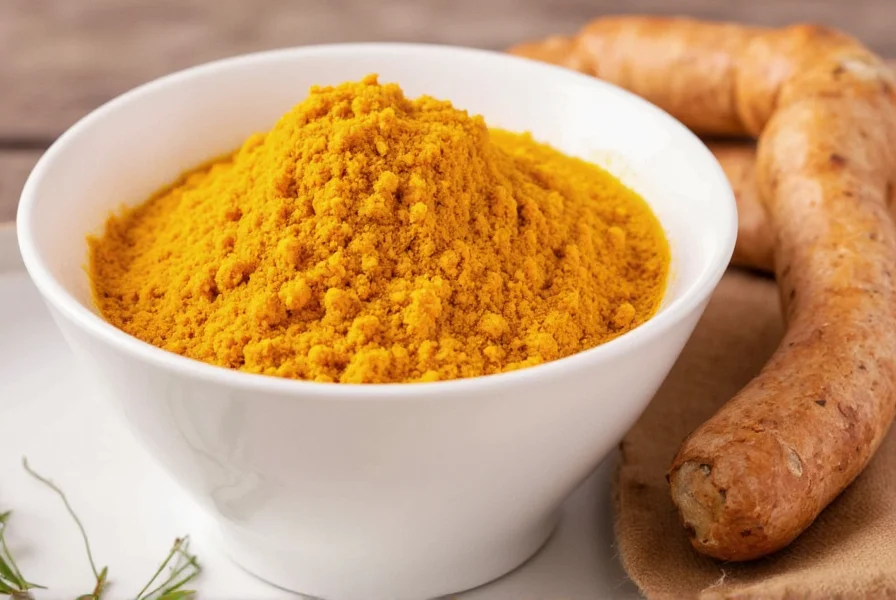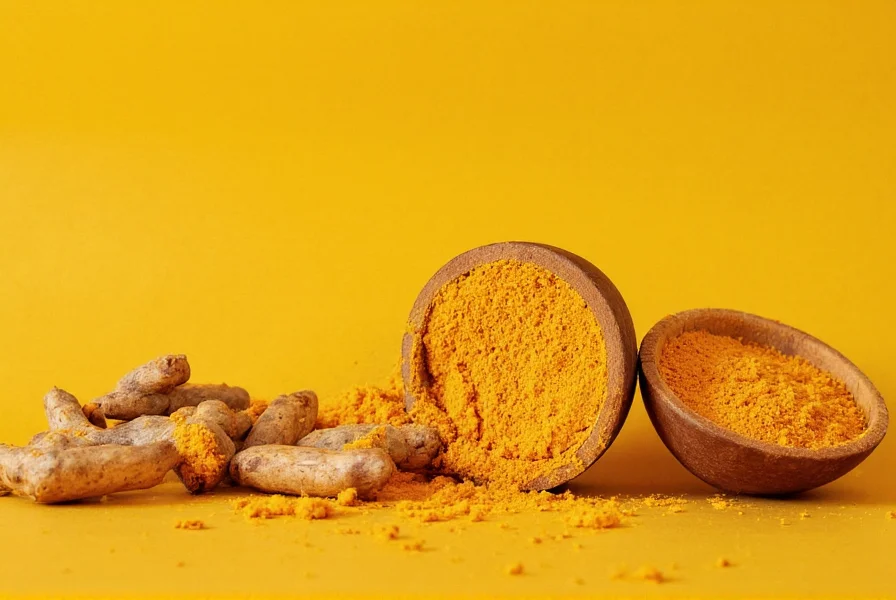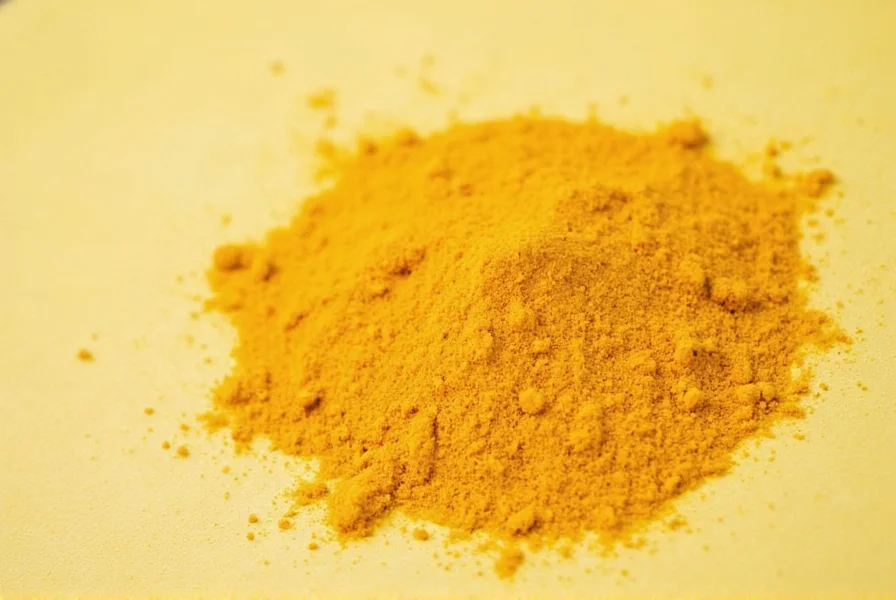The most scientifically supported turmeric hack combines turmeric with black pepper and healthy fats, increasing curcumin absorption by up to 2,000%. This evidence-based approach maximizes turmeric's anti-inflammatory and antioxidant benefits while addressing its naturally poor bioavailability.
Many people consume turmeric without realizing that its active compound, curcumin, has extremely low bioavailability on its own. Research shows that only about 1% of consumed curcumin enters the bloodstream when taken plain. This explains why many don't experience the potential health benefits despite regular turmeric consumption. The solution isn't complicated but requires understanding how our bodies process this powerful spice.
The Science Behind Turmeric Absorption
Curcumin, turmeric's primary active component, faces two major obstacles: poor solubility in water and rapid metabolism. When consumed alone, curcumin passes through the digestive system without being properly absorbed. Understanding these biological barriers is essential for developing effective turmeric consumption strategies that deliver measurable benefits.
Top Evidence-Based Turmeric Hacks
1. The Black Pepper Boost
Piperine, the active compound in black pepper, inhibits certain digestive enzymes and increases curcumin absorption by up to 2,000%. Studies published in Planta Medica demonstrate this dramatic improvement in bioavailability. For optimal results, use freshly ground black pepper rather than pre-ground varieties, as piperine degrades over time.
| Turmeric Preparation Method | Absorption Improvement | Scientific Evidence Level |
|---|---|---|
| Turmeric alone | Baseline (1x) | Well-established |
| With black pepper | Up to 20x | Strong clinical evidence |
| With healthy fats | 5-10x | Moderate evidence |
| Combined approach | 15-20x | Emerging evidence |
2. Fat-Soluble Preparation
Curcumin is fat-soluble, meaning it binds to dietary fats for better absorption. Consuming turmeric with healthy fats like coconut oil, olive oil, or avocado significantly enhances bioavailability. One effective method is creating a "golden milk" by simmering turmeric in coconut milk for 10 minutes, which creates a more absorbable form while preserving the active compounds.

3. Proper Heating Technique
Contrary to popular belief that heat destroys nutrients, gently heating turmeric actually increases curcumin's solubility. Research in the Journal of Food Science shows that simmering turmeric in liquid for 10-15 minutes improves its bioavailability without degrading the active compounds. Avoid boiling at high temperatures for extended periods, which can reduce effectiveness.
4. Timing Matters
Consuming turmeric with meals, particularly those containing healthy fats, significantly improves absorption compared to taking it on an empty stomach. The presence of food triggers bile production, which helps emulsify fats and further enhances curcumin uptake. For therapeutic purposes, dividing daily intake into multiple smaller doses throughout the day maintains more consistent blood levels.
What Doesn't Work: Common Misconceptions
Despite popular claims, certain "turmeric hacks" lack scientific support:
- Lemon juice boost: While vitamin C has health benefits, research doesn't support significant improvement in curcumin absorption
- Raw turmeric consumption: Raw turmeric root has even lower bioavailability than powdered forms
- Extreme heating: Boiling turmeric for extended periods actually degrades curcumin
- Massive single doses: The body can only absorb limited amounts at once; smaller, frequent doses work better
Practical Implementation Guide
Creating an effective daily turmeric routine doesn't require complicated preparations. Start with these simple evidence-based approaches:
- Add 1/2 teaspoon turmeric powder and a pinch of black pepper to your morning smoothie with avocado or nut butter
- Prepare golden milk by simmering 1 teaspoon turmeric in 1 cup coconut milk for 10 minutes
- Make a simple dressing with turmeric, olive oil, lemon juice, and black pepper for salads
- Take turmeric supplements only with meals containing healthy fats
Safety Considerations
While turmeric is generally safe, certain individuals should exercise caution. People taking blood thinners should consult their healthcare provider before increasing turmeric intake, as curcumin has mild anticoagulant properties. Those with gallbladder issues may experience discomfort with high doses. The recommended daily intake for culinary use is 1-3 grams of turmeric powder (about 1/2 to 1 1/2 teaspoons), which provides approximately 20-60mg of curcumin.

Maximizing Your Turmeric Experience
The most effective turmeric hack combines multiple evidence-based approaches: using turmeric with black pepper and healthy fats, proper heating techniques, and strategic timing with meals. This comprehensive approach addresses all the biological barriers to curcumin absorption. Remember that consistency matters more than single large doses—regular daily consumption of properly prepared turmeric delivers the best long-term benefits. For those seeking therapeutic effects, consult with a healthcare provider about appropriate supplementation strategies that build on these absorption principles.











 浙公网安备
33010002000092号
浙公网安备
33010002000092号 浙B2-20120091-4
浙B2-20120091-4